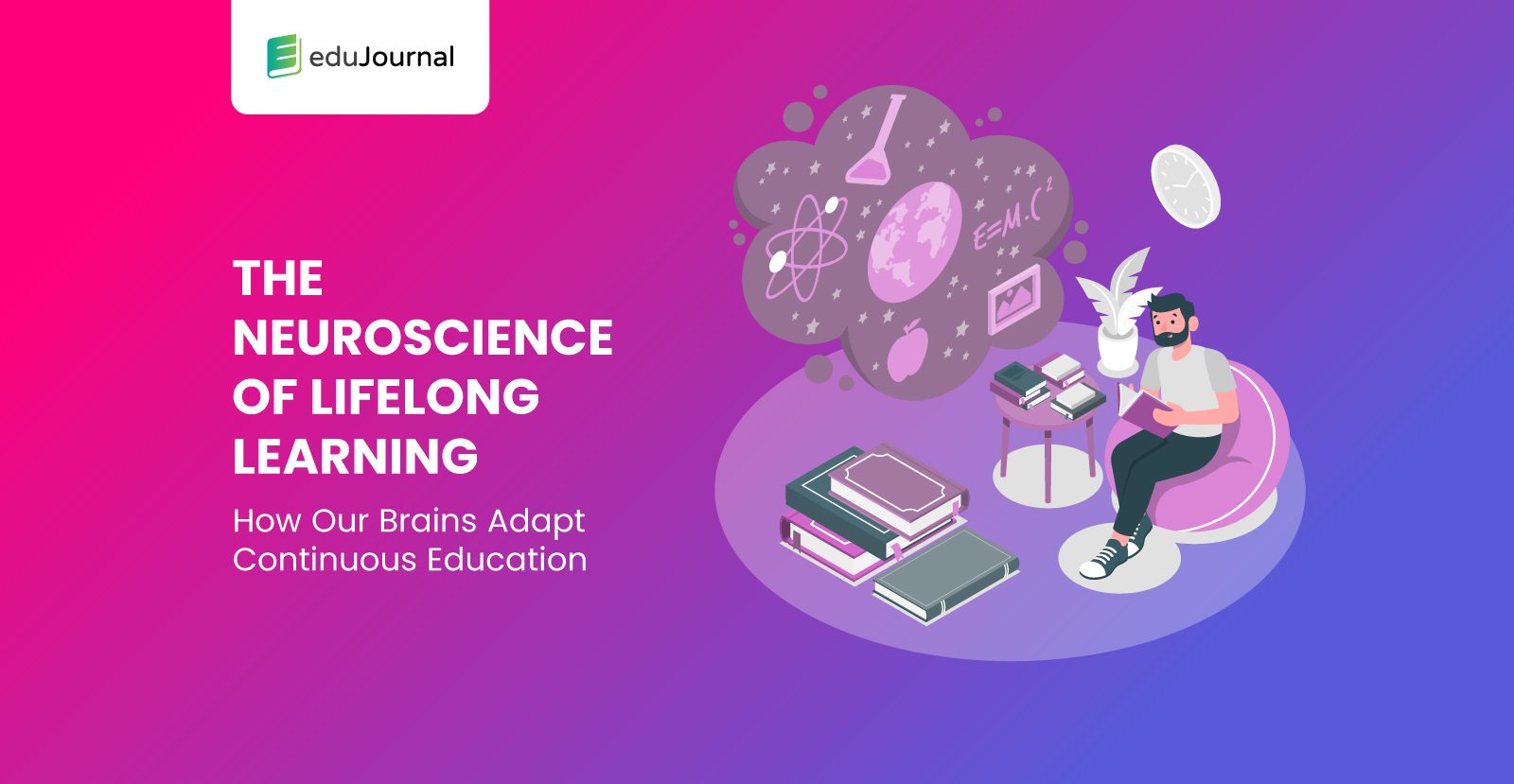In the rapidly evolving landscape of education and professional development, the concept of lifelong learning has become a cornerstone in our understanding of educational psychology. The human brain, a dynamic and perpetually adapting organ, plays a crucial role in this continuous educational journey. This article delves into the neuroscience behind lifelong learning, exploring how our neural pathways facilitate and respond to ongoing learning, and what this means for both educators and learners.
The Plastic Brain: Foundations of Lifelong Learning
The brain’s ability to reorganize itself by forming new neural connections throughout life is known as neuroplasticity. This feature is the bedrock of lifelong learning. Early neuroscientists believed that the adult brain was relatively immutable, with fixed structures that could not change after critical developmental periods. However, recent advances in neuroscience have overturned this notion, revealing that our brains are capable of adapting well into adulthood.
Neuroplasticity occurs in two forms: structural and functional. Structural neuroplasticity refers to the brain’s ability to physically change its structure in response to learning, while functional neuroplasticity relates to changes in the brain’s activity in response to learning. These adaptations can be triggered by diverse experiences, from academic study to informal learning environments.
The Role of Critical Neurochemicals
Learning new skills or knowledge involves several key neurochemicals that facilitate the encoding and storage of information. Neurotransmitters like dopamine, serotonin, and acetylcholine play significant roles in modulating attention, motivation, and memory formation—essential components of effective learning.
Dopamine, often linked to reward and pleasure, is particularly crucial. It’s released during enjoyable activities, including engaging educational experiences, helping to reinforce habits and learning. Effective lifelong learning strategies often incorporate elements that stimulate dopamine production, such as gamification or interactive elements in educational content.
Harnessing Neurogenesis and Synaptic Pruning
Adult neurogenesis, the process of creating new neurons, continues to be a subject of fascination and study. This process is especially active in the hippocampus, a region of the brain essential for learning and memory. Engaging in lifelong learning activities can enhance this process, contributing to improved cognitive functions and a greater capacity for learning new information.
Conversely, synaptic pruning, where extra neurons and synaptic connections are eliminated to increase the efficiency of neuronal transmissions, is also vital. This process helps in strengthening the connections that are frequently used, a principle known as “use it or lose it.” Lifelong learners can benefit from this by regularly challenging their brains with new tasks and information, ensuring that critical pathways remain active and efficient.
Cognitive Reserve: Buffer Against Decline
The concept of cognitive reserve explains why some individuals can maintain mental function despite changes in the brain associated with aging or other factors. Lifelong learning contributes to a robust cognitive reserve, enhancing the brain’s resilience by diversifying its neural connections. Research suggests that individuals with higher levels of educational attainment or those who engage in intellectually stimulating activities have a higher cognitive reserve, which can delay the onset of cognitive decline.
Lifelong Learning and Emotional Intelligence
Lifelong learning also significantly impacts emotional intelligence. The process of learning can enhance one’s ability to understand and manage emotions, which is crucial for personal and professional success. Emotional intelligence involves self-awareness, self-regulation, motivation, empathy, and social skills—all of which are enhanced by the complex cognitive processes involved in learning new things.
Technology and Lifelong Learning
Advancements in technology have transformed the ways in which we engage with lifelong learning. Online platforms, virtual reality (VR), and augmented reality (AR) provide immersive and interactive learning experiences that were once unimaginable. These technologies not only make learning more accessible but also more engaging, allowing learners to explore new subjects in ways that match their personal learning styles.
Practical Strategies for Lifelong Learners
Understanding the neuroscience of learning can significantly enhance how we approach lifelong learning. Here are some practical strategies based on neuroscience:
- Variety and Novelty: Engaging in diverse learning activities can stimulate different parts of the brain, fostering robust neural networks.
- Social Learning: Collaborative and social environments can enhance learning through emotional engagement and motivation.
- Consistent Challenge: Regularly pushing boundaries and exploring complex subjects can help maintain brain elasticity.
- Physical Exercise: Regular physical activity increases blood flow to the brain, supporting neuron health and overall cognitive function.
- Mindful Meditation: Practices that promote concentration and mental control can improve neural efficiency, enhancing focus and cognitive capacity.
Conclusion
The neuroscience of lifelong learning offers profound insights into how our brains adapt to continuous education. By leveraging our understanding of neuroplasticity, neurochemicals, and cognitive reserve, educators can develop more effective teaching methods, and learners can improve their learning techniques. As we continue to uncover more about the brain’s capacity for learning, the potential for personal and professional growth appears limitless. Lifelong learning not only enriches our lives but also prepares us to navigate an increasingly complex world with resilience and adaptability.
Understanding the brain’s mechanisms in learning is not just an academic exercise; it’s a practical guide to transforming our educational practices and personal development strategies. As we embrace lifelong learning, we enhance our ability to thrive in a perpetually changing environment, securing a brighter future for ourselves and for generations to come.



Please enter input field